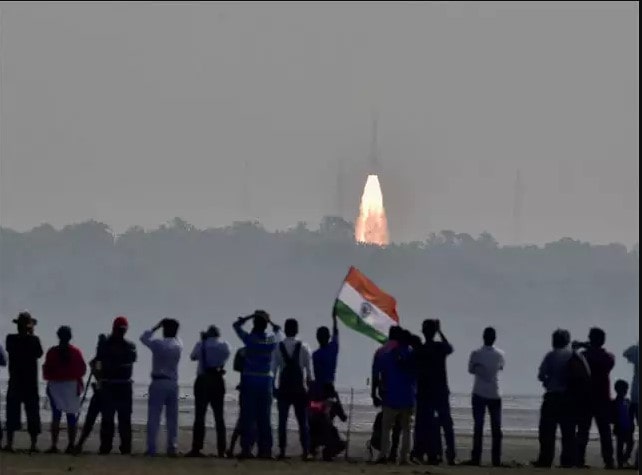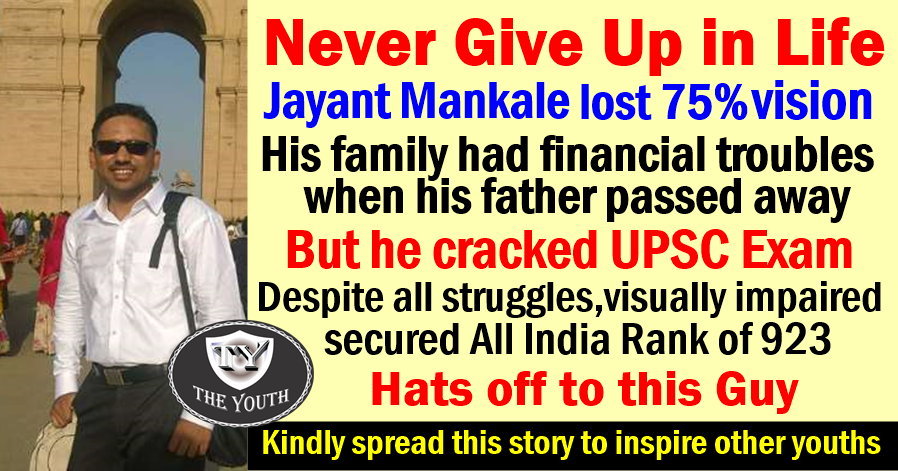No products in the cart.
A quick comparison between ISRO and SUPARCO, every Indian must read
Indian Space Research Organisation, the national space agency of the Government of India, that is acquainted with space research and planetary science was founded in 1969 and pioneered the Mars Orbiter Mission, and now India became the fourth country in the country to reach the Martian orbit.
Headquarters: Bengaluru
Founder: Vikram Sarabhai
Founded: 15 August 1969
Current Director: S. Somanath
On the other hand, the Space & Upper Atmosphere Research Commission (SUPARCO) was formed in 1961. SUPARCO is a Pakistani national space agency that is responsible for conducting research in space technology and boosting the technology for the socio-economic uplift of the nation. Needless to say, the organisation, lacks funds and indigenous programmes.
Founder: Abdus Salam
Founded: 16 September 1961
Headquarters: Karachi, Sindh, Pakistan
ISRO was established eight years after Pakistan’s SUPARCO yet India has launched 65 satellites whereas Pakistan stands at 2. SUPARCO’s efficiency in satellite launching remains undecided and it will take another two decades, where ISRO might reach Mars and Venus before 2040.
There are many unknown facts about ISRO that the science aspirants are unaware of. Let’s check them out.

Every ISRO apparatus has been painted with ‘Vibhuti and Kumkum’ that is three horizontal lines with a red dot in the center, which is also worn by Lord Shiva on the forehead.
The scientists of ISRO visit Sri Kshetra Dharmasthala and pray to Lord Manjunathaswamy before any satellite launch. They also worship a small replica of the satellite.
In 1981, ISRO’s Apple Satellite was apparently carried on a bullock cart for an antenna-range test . Bullock carts being made of wood, remained completely neutral to the signals which would not have been possible with alternative trucks that are made of metal and would interfere with the signals.
India’s first lunar mission, Chandrayan which was launched in 2008, made India the 4th country to host its flag on the moon.
ISRO completed the Mars orbiter mission in the first attempt and thus India became the first country to accomplish so, that too on a very small budget.
India’s expenditure on the Mars Orbiter mission was far cheaper compared to NASA’s ‘Mars Mission Maven’. ISRO only spent $70 million whereas NASA had spent over $600 million in their last mission.
Antrix which promotes ISRO’s products and services received a turnover of Rs. 18 billion in 2014–15. It was awarded the title of Miniratna by the Government of India in 2008.
ISRO has moulded the first Indian version of Google Earth, Bhuvan which allows Indians to see 2D/3D representation of the surface of the Earth.
ISRO broke the record in Feb 2017, launching 104 satellites in a single mission with the help of the Polar Satellite Launch Vehicle (PSLV). 96 of the 104 satellites belonged to the United States.
NASA curious to learn from ISRO Scientists
National Aeronautics Space Agency (NASA) has expressed its interest to learn more from the Indian Space Research Organisation (ISRO) scientists regarding the lunar South pole of the Moon. Talking about the same, NASA said that they will send its astronauts to India on their Artemis mission in the next few years.
India’s space mission- ₹978 crore (which includes ₹603 crore for space segment and ₹375 crore as launch costs on GSLV Mk III.) is cheaper than that of US, Russia and China’s space missions. Yes. The Indian space agency’s budget is less than 1/10th of NASA’s 10,000 crore budget for the space mission.
NASA congratulated ISRO for the successful launch. “Congrats to ISRO on the launch of Chandrayaan 2, a mission to study the Moon. We’re proud to support your mission comms using our Deep Space Network and look forward to what you learn about the lunar South pole where we will send astronauts on our Artemis mission in a few years,” NASA tweeted.
For the unversed, the Indian space agency’s budget is less than 1/20th of NASA. The success of the Rs. 1,000-crore moon mission would be a massive boost for India’s space plans.
Chandrayaan-II mission was launched onboard by the Indian space agency ISRO on its most powerful launcher GSLV-Mk III, from Satish Dhawan Space Centre in Andhra Pradesh’s Sriharikota
This was India’s second trip to the moon and the first probe, Chandrayaan 1, that was launched in October 2008, made India the first country in the world to complete a successful moon landing in the maiden attempt.
Prime Minister Narendra Modi hugged Dr. K Sivan outside the space centre in Bengaluru and consoled him just six hours after ISRO lost contact with the Vikram lander. This touching gesture was appreciated by several people, including several political leaders. PM Modi patted ISRO Chairman as he broke down at the ISRO headquarters in Bengaluru
On September 7, 2019, ISRO lost connection with the Lander just 2 minutes and 2.1 km away from India scripting history by becoming the first nation to land near the Lunar South Pole.








